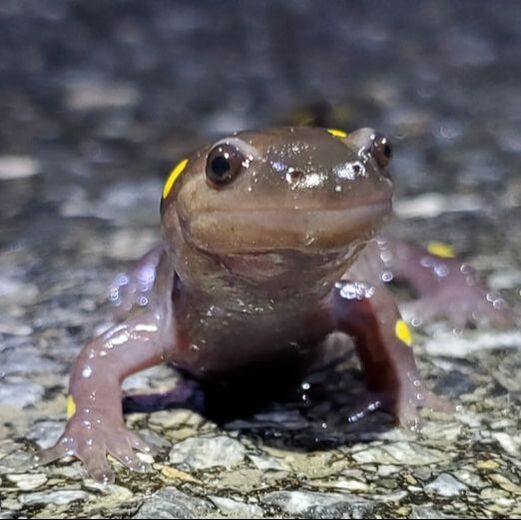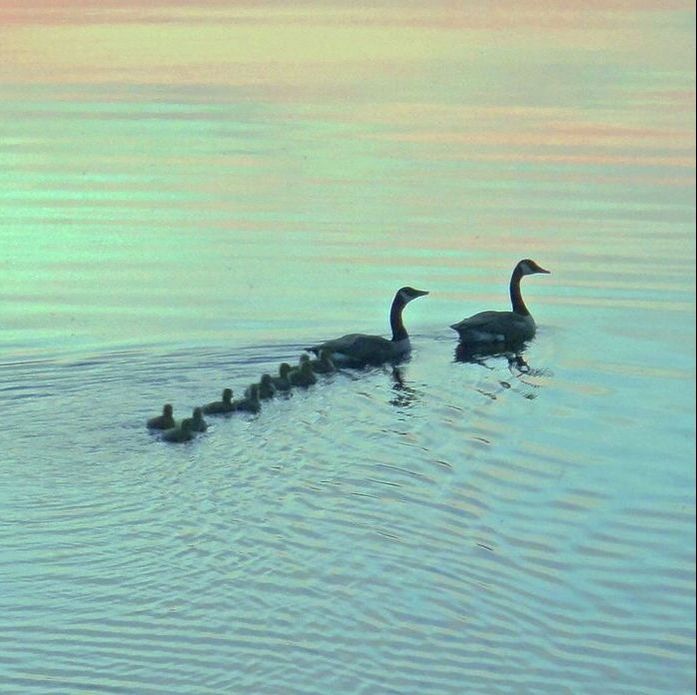 Life in the Mad River Valley is all about connections. Whether we live here year-round or pick and choose our seasons, we form bonds across the community and deepen our connection to this place. Many of us are lucky enough know our neighbors on a first name basis. And, in turn, they know us. That is, at least our human neighbors might know our names. But our wildlife neighbors live and communicate in ways that requires more than a handshake and a hello to get the conversation moving. Finding meaning in their stories asks us to attend to the context of the landscape around them. While we might imagine a brook trout having something say to an angler and ponder the poetry of a white pine sheltering chickadees mid-winter, we need to take the broad view if we want to understand our more wild neighbors on their terms. Luckily, many very thoughtful people have been working for years to help paint a more complete picture of what the good life looks like for our wild neighbors in the Mad River Valley. Just this last year, Friends worked alongside other members of the Mad River Valley Black Bear Initiative to co-host a series of presentations by Vermont State Bear Biologist Jaclyn Comeau. In the spring, we teamed up with the North Branch Nature Center and the MRV Libraries to support long range, volunteer led amphibian research. And in some cases, the science is already clear, like with brook trout and their need for cooler, connected streams. As researchers help us learn from our wild neighbors, we continue to find opportunities to be better neighbors as well – like our work with the Vermont Youth Conservation Corps this fall to plant more than 500 trees along the Mad River or our ongoing partnerships with the United States Forest Service and United States Fish and Wildlife to replace old culverts with new fish-friendly passage. Comments are closed.
|
Friendsof the Mad River Archives
July 2024
Categories |
Proudly powered by Weebly




 RSS Feed
RSS Feed